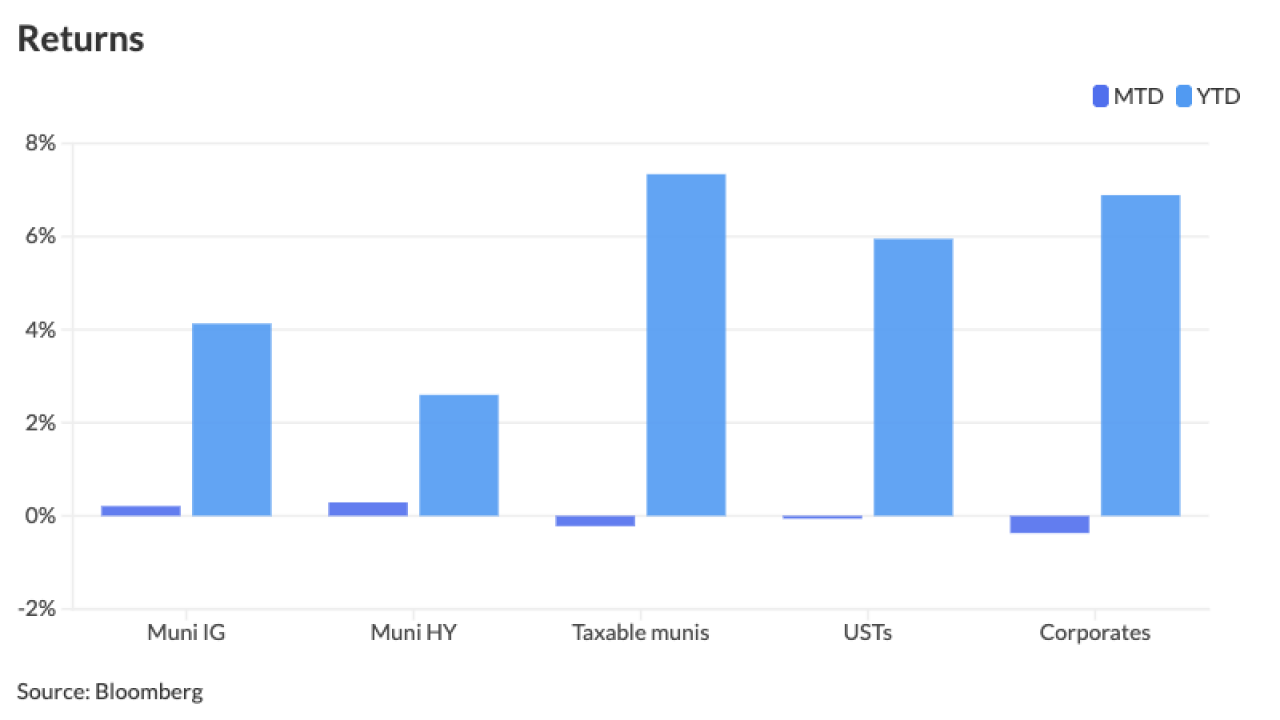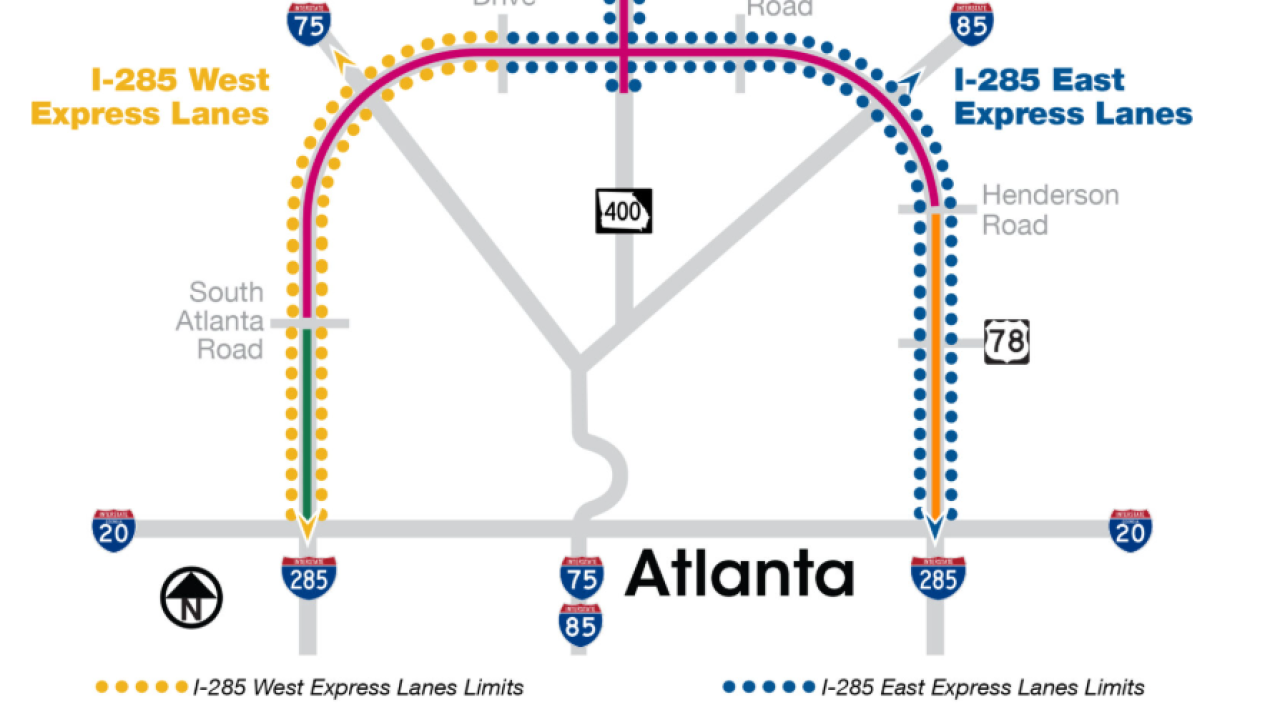A group of 32 federal lawmakers are calling for stepped up assistance from the Federal Reserve Board for student loan lenders, including state-level issuers of auction-rate securities that are backed by payments on student loans, which have been hammered by the auction-rate turmoil.
In a
In addition, the lawmakers asked the Fed to allow the dealers and issuers of student loans to use their holdings of triple-A-rated student loan asset-backed securities as collateral for any loans they make out of the lending facility, similar to the way banks would post their hard-to-sell mortgage-backed securities as collateral on loans from the facility.
"Either one or both of these actions would help to restore stability to the marketplace for financing student loans," said the letter, which was dated Monday but not released until yesterday.
If the current market conditions persist, the letter warns, of a "severe disruption of the student lending distribution system" for the approximately 6.7 million students and parents who in the coming months will apply for loans through the Federal Family Education Loan Program - one of two federally guaranteed student loan programs. FFELP is regulated by the federal government and roughly 40 state-level agencies or nonprofits issue tax-exempt debt backed by payments on student loans they have originated or purchased through the program.
As a result of the turmoil in the auction-rate market, some student loan issuers are paying temporarily higher interest rates on their student loan debt than the payments on the loans. To date, 19 FFELP lenders had either exited the program or suspended lending under it, the letter said. They includethe Pennsylvania Higher Education Assistance Agency, which with $10 billion in FFELP holdings is the seventh largest holder of such debt.
"While there have been reports of some depository institutions stepping in to make FFELP loans where non-bank specialty finance companies have suspended lending, the Consumer Banking Association has recently noted that its members will be limited in this capacity going forward," the letter says, emphasizing the need for Fed action. "In short, it is reasonable to believe that banks and large non-bank lenders will not be in a position to meet demand as other lenders leave the program."
A Fed spokeswoman declined to comment yesterday, saying that the board's response would come in its reply to Congress.
Peter Warren, senior vice president of government relations at the Education Finance Council, said the two-pronged approach would help restore investor confidence in the market for student loan securities. Meanwhile, the Securities Industry and Financial Market Association said in a statement that "it remains concerned that student borrowers may not have access to the credit they need to fund their education. We believe it should be a priority to explore all options to ensure students have access to funding going forward."
Some market participants emphasized that the current credit crunch comes after a new law went into effect Oct. 1 that favors direct federal loans, which are financed with borrowing from the Treasury, over FFELP loans, many of which are financed at the state level. Essentially, the law helped the direct loan program indirectly by halving over five years the interest rates on certain FFELP loans. When factored with the current market turmoil, the lower yields state-level issuers receive on their loans has left them squeezed, Warren said.
Warren said it would be wrong to assume that the direct federal loan program would be a viable replacement for the FFELP. Schools currently choose between the two, and roughly 80%, or $400 billion of outstanding student loan debt, is tied to FFELP loans. Most schools believe FFELP programs offer better service and they prefer to work with local loan providers.
"There's also a question of whether the government could handle all the volume and whether it would be appropriate to have all the debt and all the risk in one place under the federal government," he added.
Monday's letter follows a similar Feb. 15 letter that 21 lawmakers sent to Treasury Secretary Henry Paulson and Education Secretary Margaret Spellings that addresses problems student loan issuers are facing and urges immediate federal action. The lawmakers who signed that letter are still awaiting a response.





